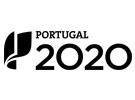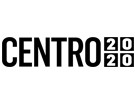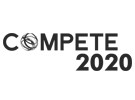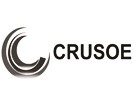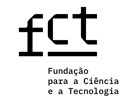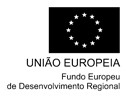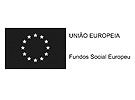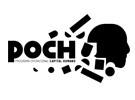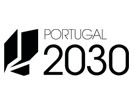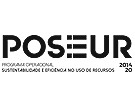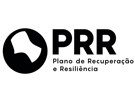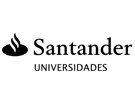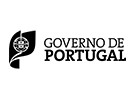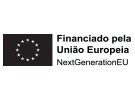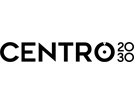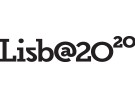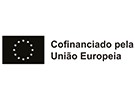



Publication in the Diário da República: Despacho nº 9182/2020 - 25/09/2020
6 ECTS; 3º Ano, 1º Semestre, 60,0 TP + 4,0 OT , Cód. 964452.
Lecturer
- Regina Aparecida Delfino (1)(2)
(1) Docente Responsável
(2) Docente que lecciona
Prerequisites
Not applicable
Objectives
867 / 5 000
I. Understand industrial post-press materials, equipment, and systems.
I.1. Understand the materials and their properties (paper, cardboard, textiles, synthetics, and glues).
I.2. Understand the equipment: its structure and operating mode (guillotines; machines: folding, sewing, stapling; creasing press; die-cutting; among others).
I.3. Understand the industrial post-press systems for binding books, magazines, and newspapers; and processed materials (stationery and packaging).
II. Master the main post-press technologies.
II.1. Understand and understand these different technologies
and enable students to use them in real-world situations.
III. Develop conceptual and operational planning skills in this area.
III.1. Associate a critical perspective on sustainability and ergonomics with the various technical criteria.
Program
1. Postpress: Definition and classification
2. Linear cuttin
2.1. Process characterization
2.2. Cutting with linear guillotine: constitution and description of the operation, cutting problems.
3. Folding
3.1. Characterization of Processes
3.2. Imposition of pages
3.3. Mechanical principle: Bending with knives and folds with bag
3.4. Types of folds
3.5. Types of equipment and accessories.
4. Binding Industrial (terminology and definitions);
5. Anatomy / naming of the book;
6. Binding paperback book with square spine;
7. Sequence of production of paperback:
7.1. Cutting;
7.2. Folding;
7.3. Collating;
7.4. Stitching (wire / line);
7.5. Cover Preparation; Casing-In;
7.6. Cutting;
7.7. Refining: Hot stamping, Colored embossign, Foil embossing, Relief embossing, Brind embossing.
8. Materials
8.1. Taxonomy, definition, composition, technical characteristics, manipulation techniques
8.2. Paper / cardboard, plastic, adhesives (nomenclature, adhesion mechanisms), lamination films
9. Industrial technologies - equipment and industrial systems:
9.1. Guillotines and cutting systems
9.2. Folding machine
9.3. Magazine sewing machine
9.4. Book finishing line, paperback and hardcover
9.5. Machine collate sheet and stitching magazine
9.6. Die cutting. Die Cutting machine
9.7. Refining: plasticizing machine, hot stamping machine etc.
9.8. Gluing machine of and closing boxes
9.9. Service and Maintenance
10. Techniques related to conveting
11. Technical related to stationery
12. Postpress planning - production lines.
Evaluation Methodology
Continuous Assessment
THEORETICAL CONTENT: 40% Theoretical exam.
PRACTICAL PROJECTS: 60% corresponds to the four projects (1st project equals 10%, 2nd project 15%, 3rd project 15%, and 4th project 20%). These are four individual practical prototyping exercises completed throughout the semester and must be accompanied by a descriptive report.
The grade is a weighted average of the scores obtained, considering a minimum of 10 points in each of the areas: Theoretical Content and Practical Projects.
Exemption from Exam: Weighted average equal to or greater than 10 (ten) points.
Students who do not attend at least two-thirds of the classes, who have not completed the assigned work, or who, upon completing the work, receive a grade lower than 10 (ten) points, will be excluded from the continuous assessment and exam.
Exam Assessment
Students who attend two-thirds (2/3) or more of the classes and have completed practical projects with a minimum grade of 10 will be admitted to the exam. Only theoretical content is subject to an exam, which consists of a written test.
Approval: final grade of ten (10) or more points, obtained using the weighted average indicated above.
Enviar feedback e opiniões
Painéis laterais
Histórico
Guardado
Bibliography
- FALWCET-TANG, R. (2007). Acabados de impressión y edicion de folletos y catálogos. Barcelona: Promopress
- FISHEL, C. (2007). El arte de la produccion creativa. Materiales, encadernació y acabados. Barcelona: Index Book S.L.
- HARRIS, P. e AMBROSE, G. (2008). Impressión y Acabados. Barcelona: Parramón Ediciones
- KIPPHAN, H. (2001). Handbook of print media: technologies and production methods. Heidelberg: Springer
- LUNARDELLI, A. e ROSSI, S. (2004). Acabamentos. Sao Paulo: Editora Lunardelli
- MC MURTRIE, D. (1982). O livro. Lisboa: Fundação Caluste Gulbelkian
Teaching Method
Presentation of theoretical content with audiovisual support and analysis of graphic objects. Theoretical/practical classes in which exercises/projects are proposed to apply the concepts taught. Field trip.
Software used in class
Not applicable
